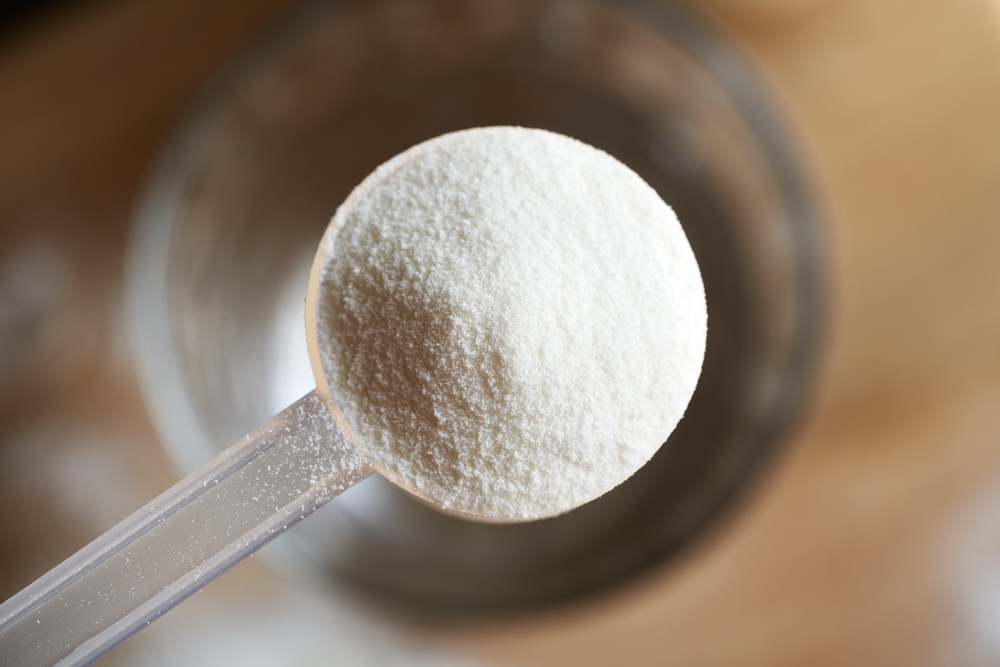Collagen is a protein that plays a crucial role in maintaining skin elasticity, strength, and youthful appearance. As you age, your natural collagen production decreases, leading to the formation of wrinkles, sagging skin, and other visible signs of aging that many people wish to address.
Keep reading to learn more about what collagen is, why we lose it, and the science-backed approaches to potentially restore this essential protein.
What Is Collagen and Why Does It Diminish Over Time?

Collagen is a structural protein that provides strength and support to various tissues in our body, including skin, bones, tendons, and ligaments. It forms a complex network in the dermis (the middle layer of skin), creating a foundation that helps skin remain firm, plump, and youthful.
People naturally produce less collagen as they age, with production typically beginning to decline in their mid-20s and continuing to decrease each year afterward. Sun exposure, smoking, high sugar consumption, and environmental pollutants can further damage existing collagen fibers and inhibit new production.
Dr. Lisa Chipps, board-certified dermatologist and president of the American Board of Cosmetic Surgery at Golden State Dermatology in Beverly Hills, explains the science behind collagen loss:
“Collagen degradation occurs through both intrinsic and extrinsic aging processes. Intrinsically, our fibroblasts—the cells responsible for collagen production—become less efficient over time, leading to a gradual but steady decline in collagen synthesis. Factors like UV radiation generate free radicals that break down collagen fibers and alter gene expression related to collagen production. Understanding these mechanisms helps us develop targeted strategies to combat collagen loss and potentially restore what has been diminished through various clinical interventions.”
Can Lost Collagen Be Restored?
Complete reversal of collagen loss isn’t currently possible, but you can still significantly boost your skin’s collagen levels for visible improvements. There are several options that can help stimulate new collagen production, repair damaged collagen fibers, and protect existing collagen from further degradation. The effectiveness of these methods varies depending on age, skin condition, and what specific approach is used.
Topical Treatments for Collagen Stimulation
Certain ingredients in skincare products have been shown to boost collagen production when applied consistently. Retinoids (vitamin A derivatives) are perhaps the most well-researched and effective topical ingredients for collagen stimulation.
Another beneficial ingredient is Vitamin C, which is essential for collagen synthesis and peptides, which can signal skin cells to produce more collagen.
These topicals work gradually over time and are most effective for mild to moderate collagen loss.
Topical growth factor serums, such as Neocutis Bioserum Firm and SkinMedica TNS Advanced+, help increase collagen by sending signals that prompt skin cells to create more of this essential protein. These growth factors work as messengers within the skin, encouraging cells to kickstart their natural repair and renewal processes, which includes generating collagen and elastin.
Diet and Collagen Production
What you eat can significantly impact your body’s ability to produce and maintain collagen. Protein-rich foods provide the amino acids necessary for collagen synthesis, while foods high in antioxidants help protect existing collagen from damage.
Specific nutrients that support collagen production include:
- Vitamin C – found in citrus fruits and berries
- Zinc – found in nuts and seeds
- Copper – found in shellfish and leafy greens
- Proline – found in egg whites and dairy products
Bone broth and collagen supplements have also gained popularity for their potential benefits to skin health.
Do Collagen Supplements Work?

Oral collagen supplements have become increasingly popular in recent years, with many products claiming to improve skin elasticity and reduce wrinkles. These supplements typically contain hydrolyzed collagen, which has been broken down into smaller, more digestible fragments.
Some studies suggest that collagen peptides can be absorbed into the bloodstream and may stimulate fibroblasts to produce more collagen. However, the scientific evidence remains mixed, and more research is needed to fully understand their effectiveness and optimal usage.
Professional Treatments for Collagen Restoration
For those seeking more significant collagen restoration, professional treatments performed by an expert dermatology provider offer more substantial results. These procedures work by creating controlled damage to the skin, which triggers the body’s wound healing response and stimulates collagen production.
Microneedling, laser resurfacing, radiofrequency treatments, and ultrasound therapy are all effective options with varying levels of invasiveness and downtime. The best approach depends on your specific skin concerns, budget, and how much recovery time you can accommodate.
Shelby Saltsman, PA-C, at Golden State Dermatology in Torrance, shares insights about professional collagen-stimulating treatments:
“When patients ask about restoring collagen, I often recommend combination approaches for optimal results. For instance, pairing microneedling with radiofrequency energy allows us to precisely target multiple skin layers, creating a more robust collagen response than either treatment alone. The initial collagen production begins within days of treatment, but the most impressive results develop over three to six months as new collagen fibers mature and strengthen. This gradual improvement often creates more natural-looking results that continue to enhance the skin’s appearance long after the procedure itself.”
Dermal Fillers and Collagen Replacement
Injectable dermal fillers offer an immediate approach to addressing volume loss caused by collagen depletion. While most modern fillers don’t actually contain collagen, they serve as temporary replacements for lost volume.
Hyaluronic acid fillers attract moisture and create plumpness, while biostimulatory fillers like Sculptra and Radiesse actively stimulate your body’s natural collagen production over time. These treatments can provide both immediate and long-term improvements to areas affected by collagen loss.
Creating a Personalized Collagen Restoration Plan
Every person’s skin is unique, with different patterns of collagen loss and varying response to treatments. Working with an experienced dermatology provider allows you to develop a tailored approach to collagen restoration.
A comprehensive evaluation will consider factors such as your age, skin condition, medical history, and aesthetic goals to recommend the most appropriate interventions. This personalized approach typically yields the best and most natural-looking results.
If you have questions about your skin, schedule an appointment at Calkin & Boudreaux today!